How did the Second World War start?
Conflict 'not inevitable' as anniversary offers timely reminder of vital lessons for those in power today
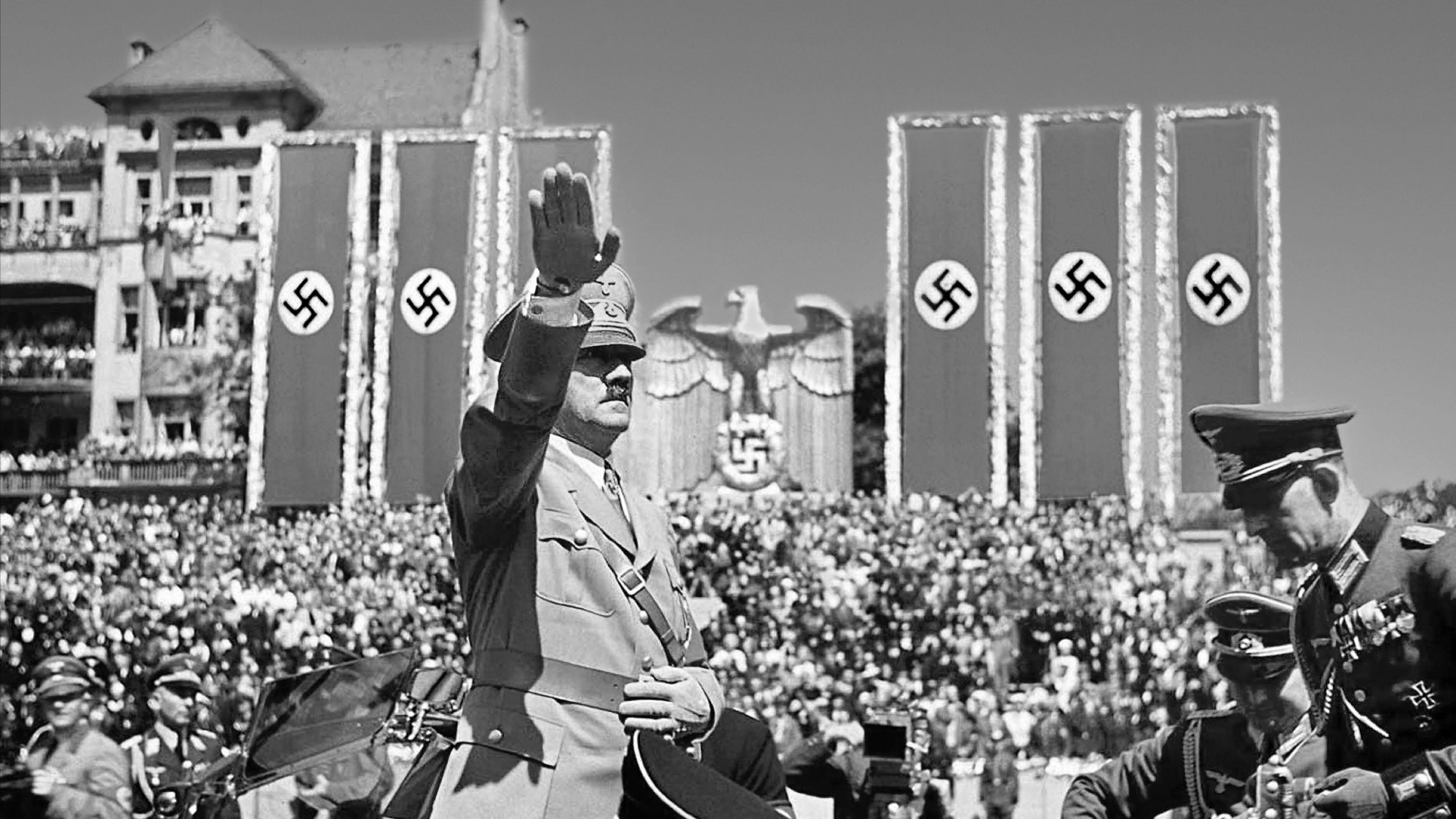
Eighty-five years on from the start of the Second World War, and parallels with our own time – from Russia's unprovoked invasion of Ukraine to the formation of great power blocs – suggest lessons from the conflict have not been learnt and another global war could be just around the corner.
Over the course of six years, from 1 September 1939 to 2 September 1945, upwards of 80 million men and women were killed as war erupted between the Axis and Allied Powers, obliterating much of Europe, Asia and the Pacific.
Hitler's invasion of Poland may be the official start date for war in Europe, said the Council on Foreign Relations think tank, but this moment "only tells one part of the story". In reality, "complex dynamics – including the rise of radical nationalism, US isolationism, the failure to maintain a global balance of power, and misplaced optimism that the First World War had been the war to end all wars – propelled countries around the world into combat".
The Week
Escape your echo chamber. Get the facts behind the news, plus analysis from multiple perspectives.

Sign up for The Week's Free Newsletters
From our morning news briefing to a weekly Good News Newsletter, get the best of The Week delivered directly to your inbox.
From our morning news briefing to a weekly Good News Newsletter, get the best of The Week delivered directly to your inbox.
What followed – the countless massacres, the Holocaust, civilian bombing, famine and the first deployment of nuclear weapons – helped shape international legislation that would dictate the future of global politics. It led to the formation of the United Nations, while also plunging the US and newly formed USSR into a decades-long Cold War, the effects of which the world is still living with today.
But how did the Second World War – the most destructive conflict in human history – begin?
WWI sows the seeds
Most historians agree that the seeds for the second great war of the 20th century were sown at the end of the First World War.
The "War Guilt Clause" of the Treaty of Versailles, signed in 1918, held Germany and Austria-Hungary responsible for the entire conflict and imposed crippling financial sanctions, territorial dismemberment and isolation on both powers. Germany, for example, was forced to demilitarise the Rhineland and abolish its air force.
A free daily email with the biggest news stories of the day – and the best features from TheWeek.com
Some scholars say that the terms of the treaty were unnecessarily harsh, but, said the BBC, "it would be a mistake to imagine that the Treaty of Versailles was the direct cause of the Second World War".
Hitler takes hold
Far from having lifelong military aspirations, Hitler had been a painter in his youth and only joined the Bavarian army at the age of 25 after the outbreak of the First World War. He went on to serve as a message runner, and received the Iron Cross.
Lacking education or vocational training, Hitler remained in the army following Germany's surrender in 1918 and worked for the military intelligence unit. Sent to infiltrate the nationalist German Workers' Party, he was instead inspired by the group's anti-communist, anti-Semitic rhetoric, and after leaving the army in 1920 devoted himself full-time to the party.
Hitler rose through the ranks of the German Workers' Party, eventually renaming it the National Socialist German Workers' Party, and adopting a modified form of the ancient Indian swastika as its emblem.
The rise of the Nazi Party
Stunned by military defeat and the years of political unrest and economic woe which had followed, many Germans were all too willing to accept the Nazi view that the country's undoing was the work of a Jewish conspiracy. The Nazi Party quickly gained supporters, attracted large donations and developed Hitler's reputation as a compelling orator.
Throughout the following decade, he climbed the ladder of German politics, eventually becoming chancellor in 1933 following a series of electoral victories by the Nazi Party. When the German president, Paul von Hindenburg, died, Hitler appointed himself Führer – the supreme commander of every Nazi paramilitary organisation in the country.
By the mid-1930s, Germany was surrounded by weak, divided states. "This offered a golden opportunity for Germany to make a second bid for European domination," said the BBC. Germany's Anschluss (annexation) of Austria and the occupation of the ethnically German Sudetenland region of Czechoslovakia in 1938 further exacerbated the potent tinderbox that was Europe in the late 1930s.
The war breaks out
The immediate cause of the Second World War was the German invasion of Poland on 1 September. Germany's vastly superior military technology, coupled with Poland's catastrophic early strategic miscalculations, meant Hitler was able to claim a swift victory.
The invasion was to become the model for how Germany waged war over the course of the next six years, said History.com, with a tactic that would become known as the "blitzkrieg" (lightning war). "This was characterised by extensive bombing early on to destroy the enemy's air capacity, railroads, communication lines, and munitions dumps, followed by a massive land invasion with overwhelming numbers of troops, tanks, and artillery," the history site said. "After the German forces had ploughed their way through, devastating a swathe of territory, infantry moved in, picking off any remaining resistance."
Britain enters the war
Hitler had been confident the invasion would be successful for two important reasons, said the BBC. "First, he was convinced that the deployment of the world's first armoured corps would swiftly defeat the Polish armed forces" and "second, he judged the British and French prime ministers, Neville Chamberlain and Edouard Daladier, to be weak, indecisive leaders who would opt for a peace settlement rather than war".
Chamberlain has been much derided by many historians for his stance on Nazi Germany, offering, as he did, numerous opportunities for Hitler to honour his commitments and curb his expansionist ambitions. In hindsight, the "appeasement" policy looks absurdly hopeful, but, as William Rees-Mogg argued in The Times in 2009, "at the time there seemed to be a realistic chance of peace".
After the invasion of Poland, that chance began to look slimmer and slimmer, and Chamberlain determined that it was no longer possible to stand by while the situation on the continent continued to deteriorate. Britain and France declared war on Germany two days after Germany entered Poland, setting the stage for what would become a truly global conflict.
The Second World War was not "inevitable", said the Council on Foreign Relations, but happened because of decisions made by people in power throughout the interwar period that "helped set the fuse of conflict on fire".
With the ongoing war in Ukraine, simmering tensions in the Middle East, and the threat of a Chinese invasion hanging over Taiwan, decisions being made today risk once again dragging the world's major powers into another global conflict. The lessons from the Second World War, and how it began, continue to be misunderstood or, even worse, ignored.
-
 US citizens are carrying passports amid ICE fears
US citizens are carrying passports amid ICE fearsThe Explainer ‘You do what you have to do to avoid problems,’ one person told The Guardian
-
 All roads to Ukraine-Russia peace run through Donetsk
All roads to Ukraine-Russia peace run through DonetskIN THE SPOTLIGHT Volodymyr Zelenskyy is floating a major concession on one of the thorniest issues in the complex negotiations between Ukraine and Russia
-
 Why is Trump killing off clean energy?
Why is Trump killing off clean energy?Today's Big Question The president halts offshore wind farm construction
-
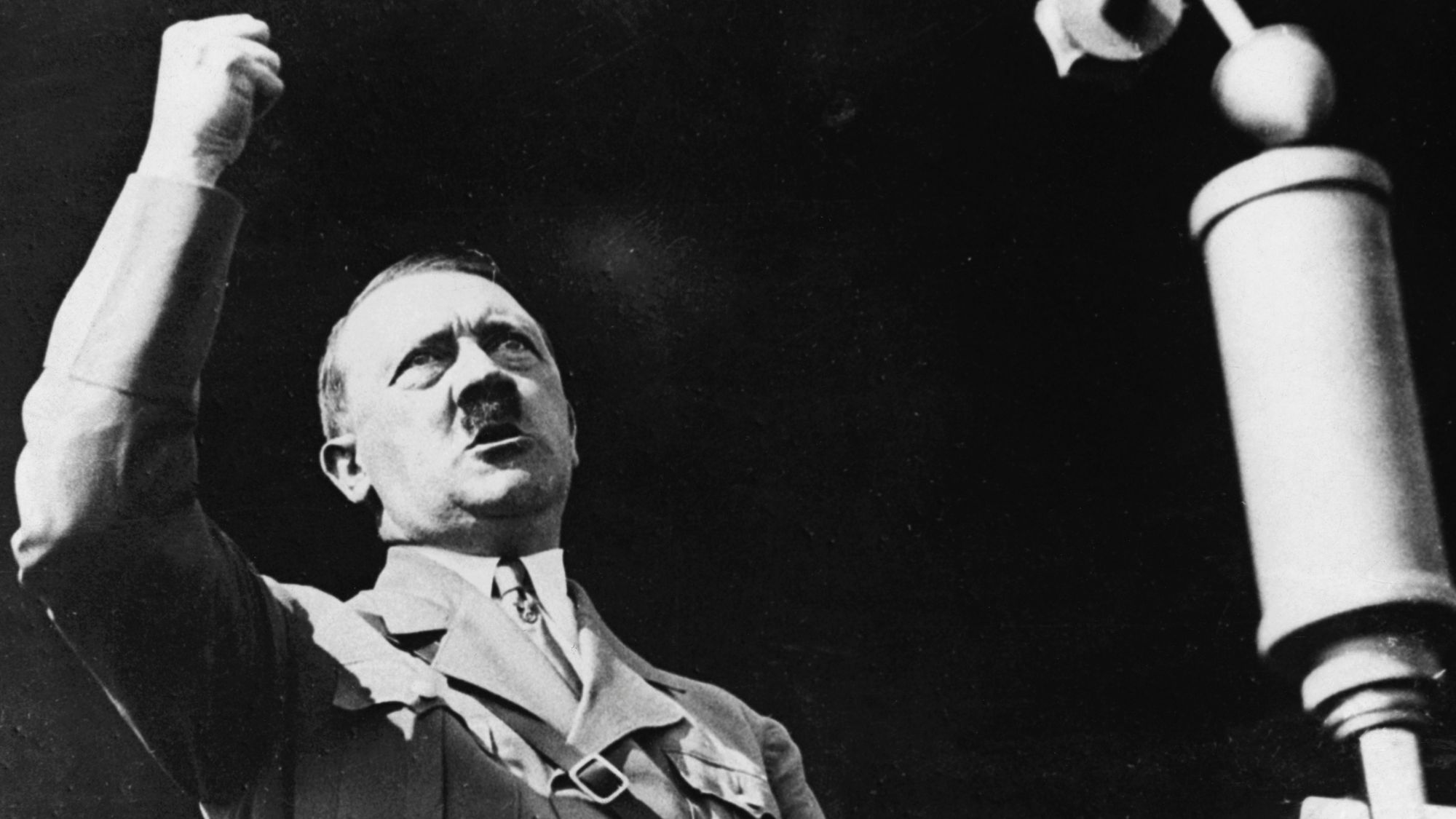 Hitler: what can we learn from his DNA?
Hitler: what can we learn from his DNA?Talking Point Hitler’s DNA: Blueprint of a Dictator is the latest documentary to posthumously diagnose the dictator
-
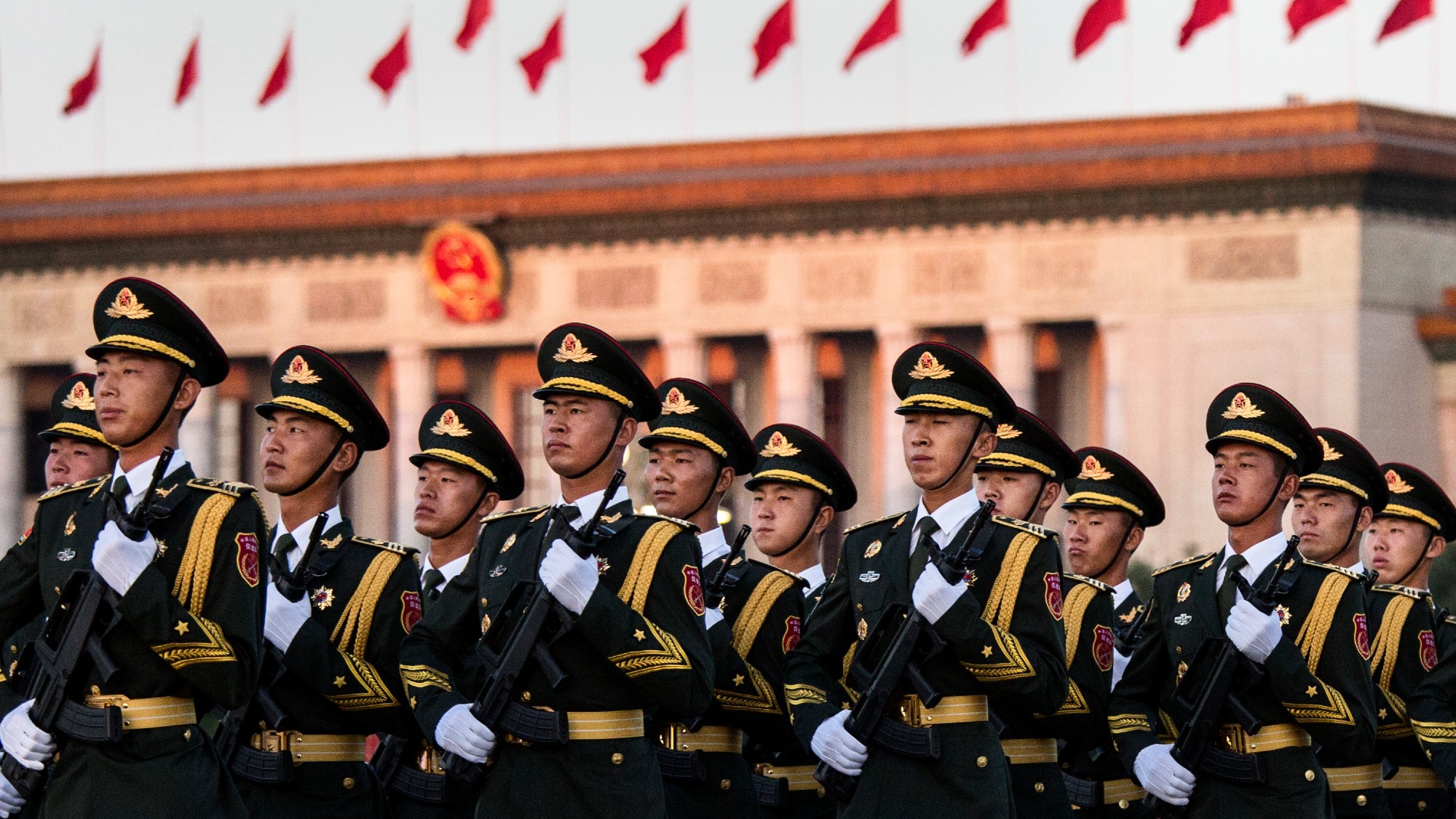 How China rewrote the history of its WWII victory
How China rewrote the history of its WWII victoryIn Depth Though the nationalist government led China to victory in 1945, this is largely overlooked in modern Chinese commemorations
-
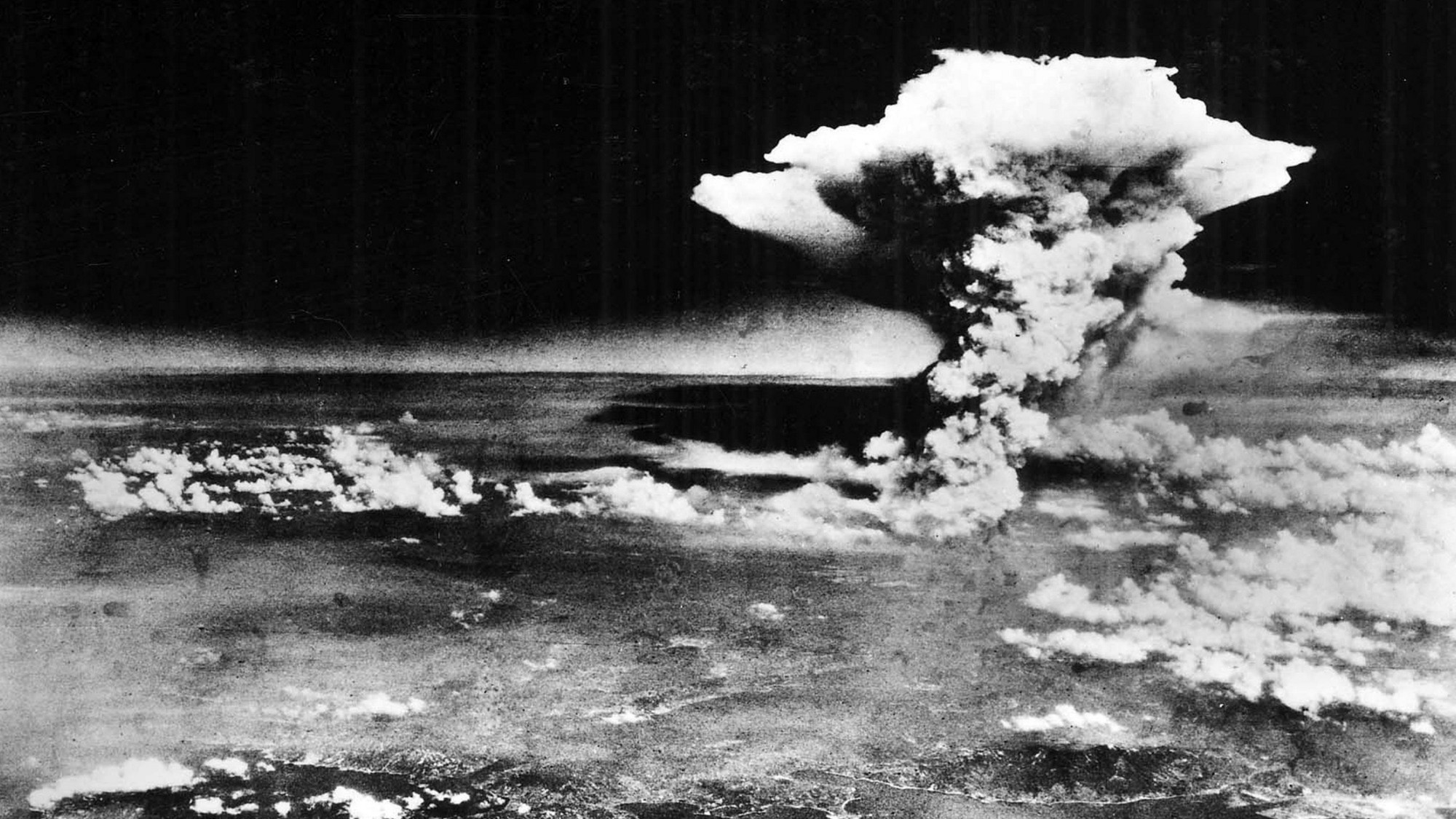 America's controversial path to the atomic bomb
America's controversial path to the atomic bombIn Depth The bombing of Hiroshima followed years of escalation by the U.S., but was it necessary?
-
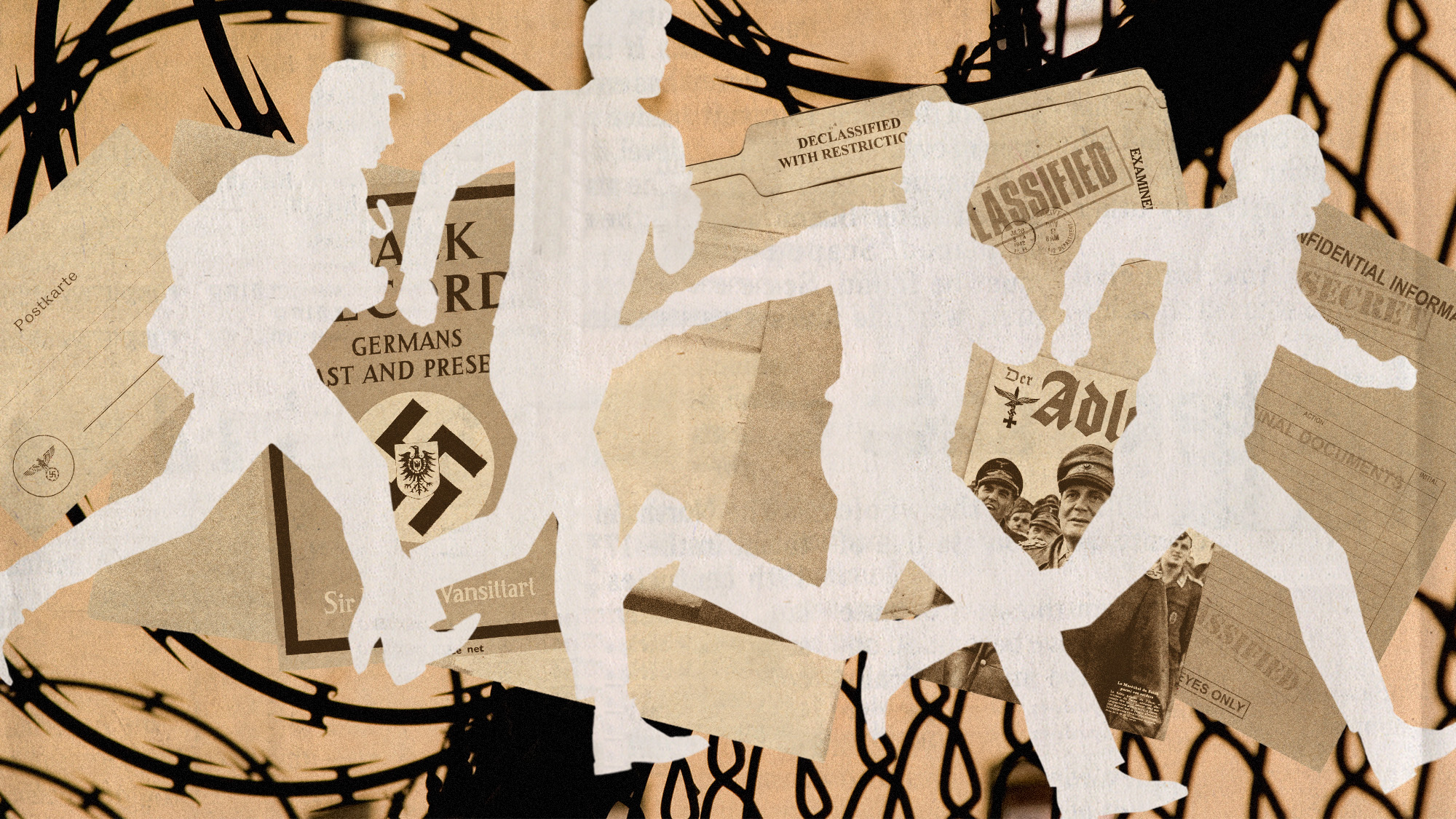 Argentina lifts veil on its past as a refuge for Nazis
Argentina lifts veil on its past as a refuge for NazisUnder the Radar President Javier Milei publishes documents detailing country's role as post-WW2 'haven' for Nazis, including Josef Mengele and Adolf Eichmann
-
 D-Day: how allies prepared military build-up of astonishing dimensions
D-Day: how allies prepared military build-up of astonishing dimensionsThe Explainer Eighty years ago, the Allies carried out the D-Day landings – a crucial turning point in the Second World War
-
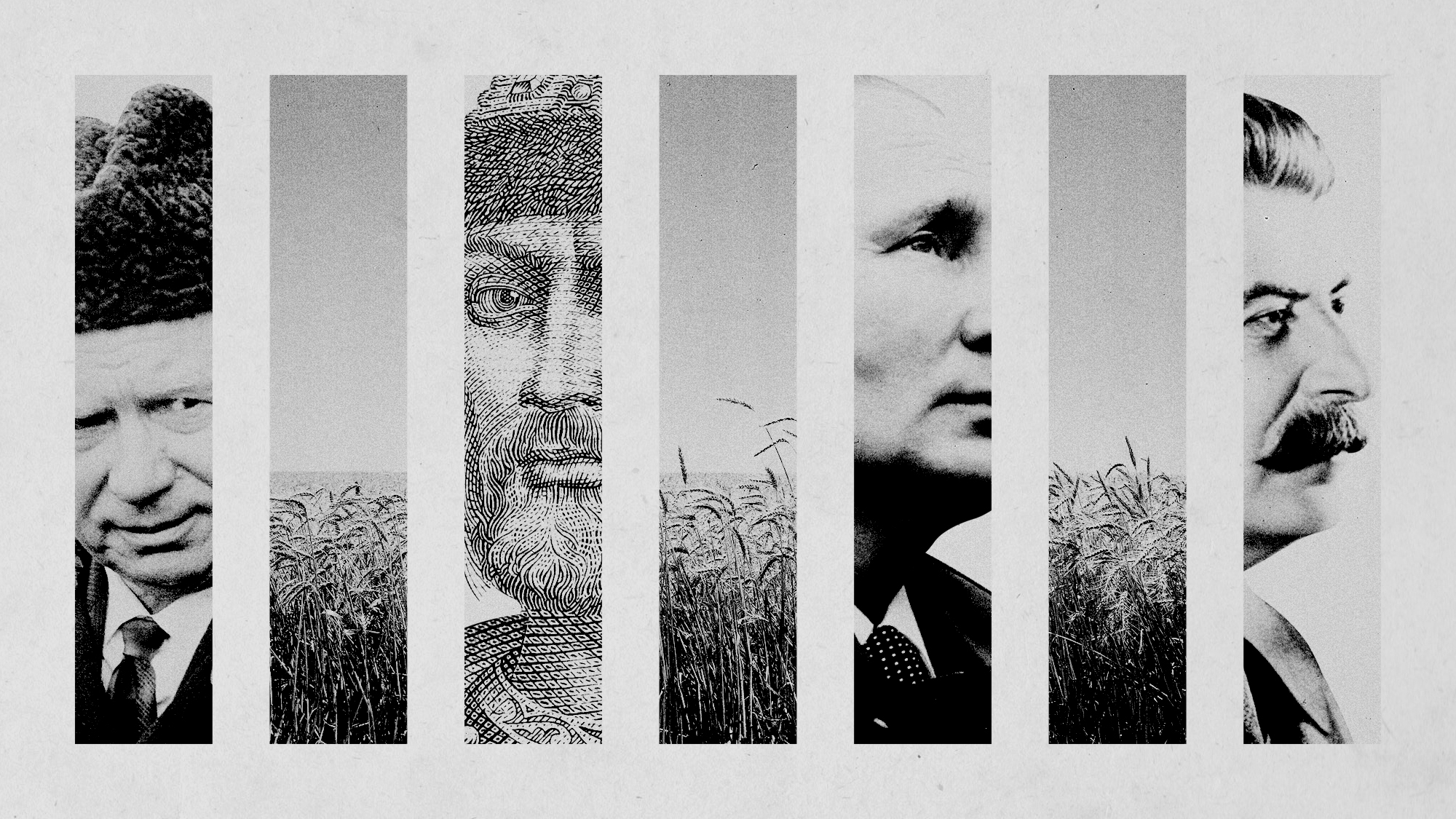 A brief history of the centuries-old relationship between Ukraine and Russia
A brief history of the centuries-old relationship between Ukraine and RussiaIn Depth The countries are bound together by history and geography, but Putin sees danger in that symbiosis
-
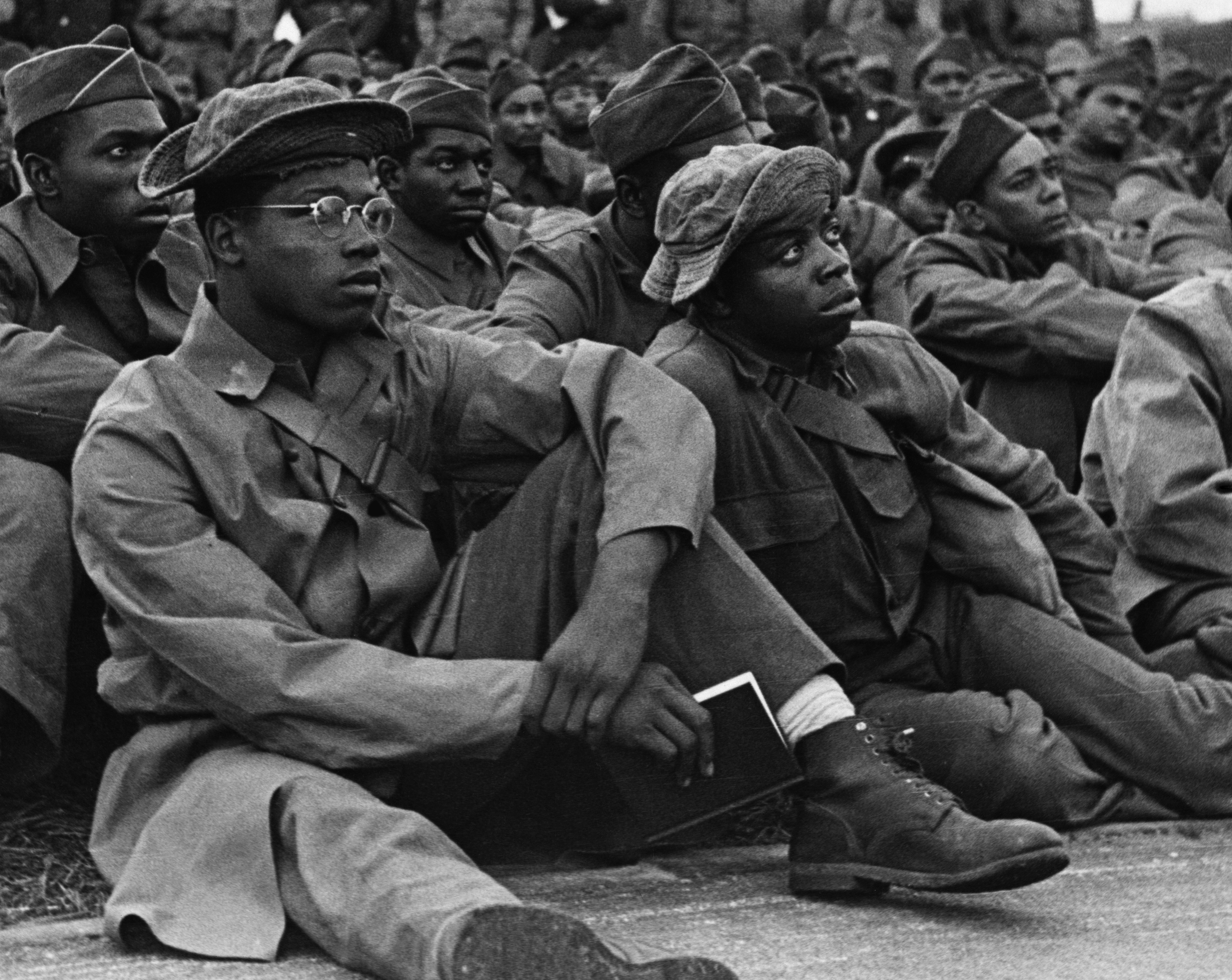 The battle of Bamber Bridge
The battle of Bamber BridgeIn Depth The new Railway Children film draws on a forgotten wartime episode: a skirmish between black and white US soldiers in Lancashire
-
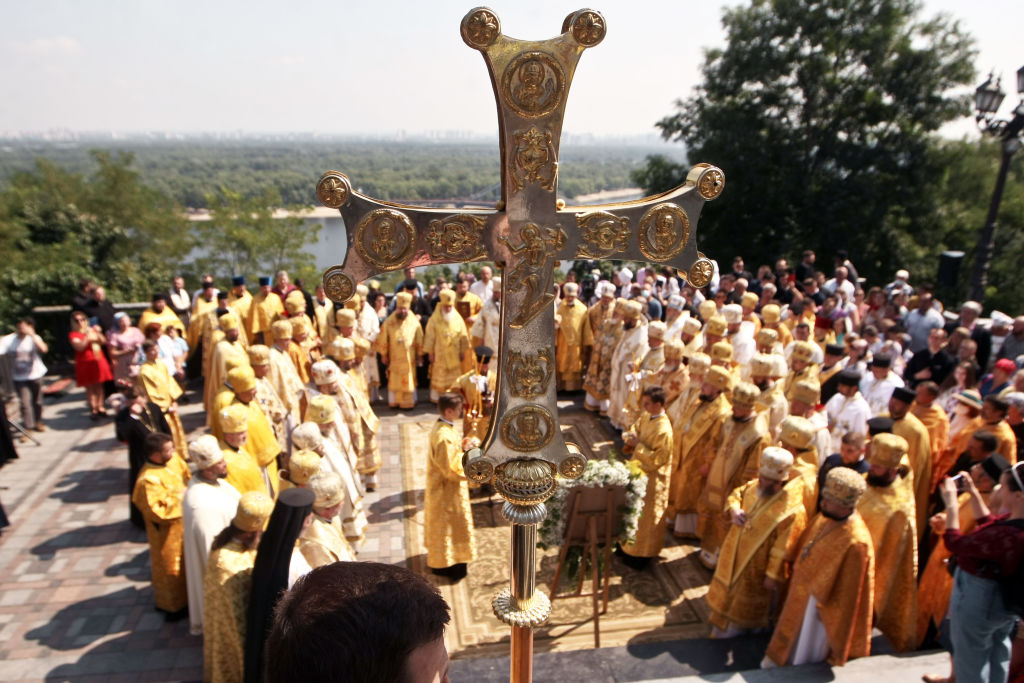 Vladimir Putin’s narrative of Russian victimhood examined
Vladimir Putin’s narrative of Russian victimhood examinedfeature Russian president has repeatedly pointed to his country’s history to justify Ukraine invasion